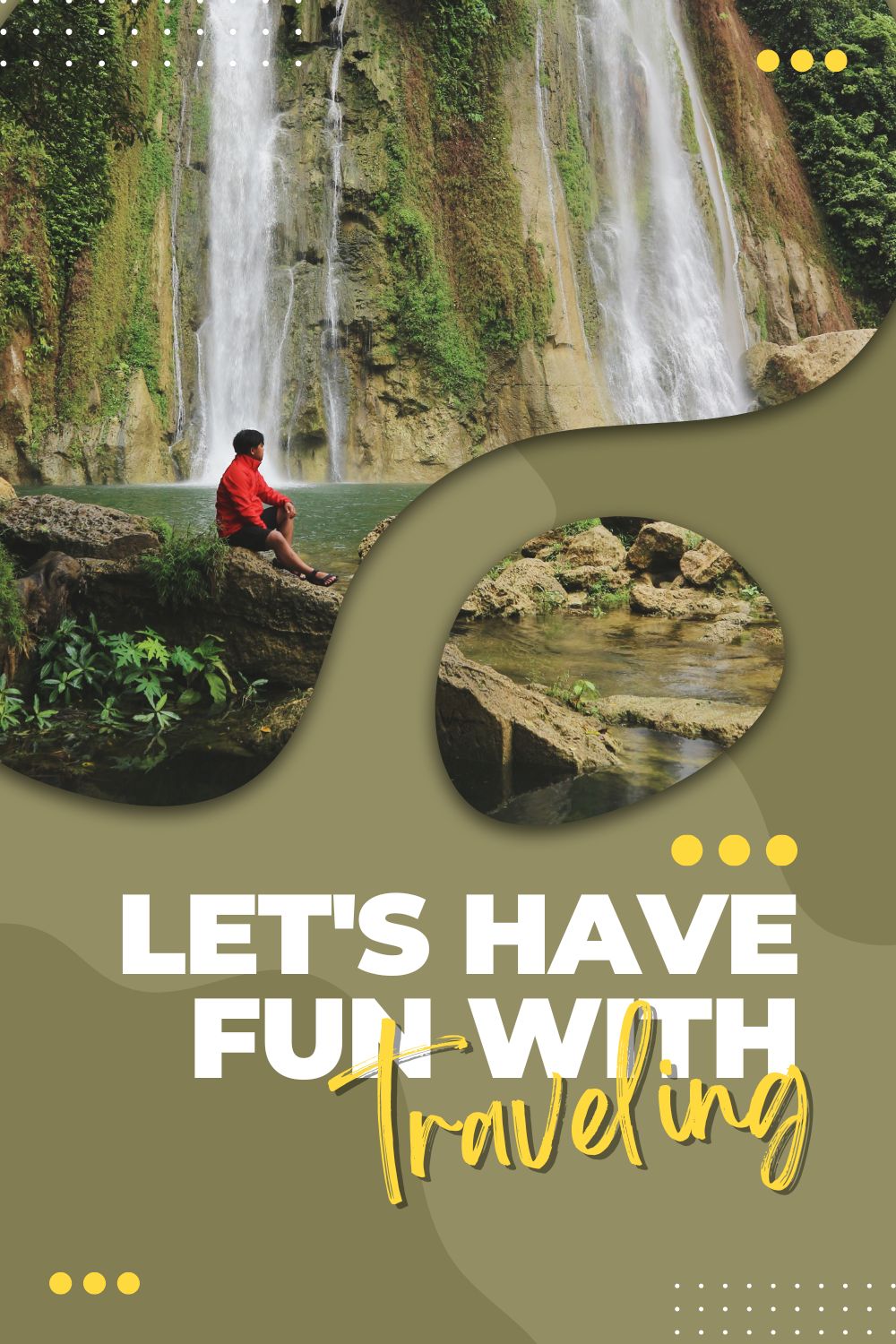Introduction to Trekking in Uttarakhand
Trekking in Uttarakhand brings you face-to-face with the raw beauty of the Indian Himalayas. From icy glaciers to dense pine forests, this region is home to countless trails that suit all kinds of trekkers. Located in the northern part of India, Uttarakhand is known not just for its spiritual legacy, but also for its challenging terrains and pristine trekking routes.
With a wide range of altitudes and landscapes, trekking in Uttarakhand includes everything from short hikes to high-altitude expeditions. Whether you’re a first-time trekker or a seasoned mountain climber, the state offers something that resonates with your sense of adventure. The region is dotted with snow-capped peaks, alpine meadows, river crossings, and remote villages that offer a deeper look into Himalayan life.
Why Choose Trekking in Uttarakhand?
Uttarakhand’s geography and cultural richness make it an ideal destination for trekking. Here are some compelling reasons why:
- Variety of Trails: From simple forest walks like Nag Tibba to strenuous journeys like the Kalindi Khal trek, there’s a trail for everyone.
- Natural Landscapes: Dense deodar forests, glacial lakes, towering waterfalls, and lush valleys fill every step with surprise.
- Spiritual Significance: Many treks lead to ancient temples and sacred destinations such as Kedarnath, Yamunotri, and Hemkund Sahib.
- Rich Culture: The mountain villages are a window into the traditional lifestyles, cuisine, and hospitality of the local people.
- Biodiversity: Uttarakhand is home to rare Himalayan flora and fauna, especially in places like the Valley of Flowers and Nanda Devi National Park.
Best Time for Trekking in Uttarakhand
Timing can greatly impact your experience. Each season brings a different charm:
- Spring (March to May): Rhododendrons bloom, and the snow begins to melt. Ideal for treks like Har Ki Dun and Kedarkantha.
- Summer (June): Snow-free high-altitude trails open up. Best for treks like Roopkund and Kuari Pass.
- Monsoon (July to early September): Trekking becomes riskier due to landslides, but Valley of Flowers is at its best.
- Autumn (September to November): Clear skies and panoramic views make this the most popular trekking season.
- Winter (December to February): Snow treks like Kedarkantha and Dayara Bugyal attract those seeking a true Himalayan winter experience.
Top Treks for Beginners
Trekking in Uttarakhand isn’t only for seasoned adventurers. Several beginner-friendly trails offer great experiences with manageable difficulty:
1. Nag Tibba Trek
- Altitude: 3,022 meters
- Duration: 2 days
- Highlights: Dense forest, snow patches in winter, panoramic views of Bandarpoonch and Kedarnath peaks.
- Ideal For: Weekend trips and first-time trekkers.
2. Chopta–Tungnath–Chandrashila
- Altitude: 4,000 meters
- Duration: 3-4 days
- Highlights: The world’s highest Shiva temple, sunrise views from Chandrashila peak, meadows, and birdwatching.
3. Dayara Bugyal Trek
- Altitude: 3,408 meters
- Duration: 4-5 days
- Highlights: Vast alpine meadows, views of Gangotri range, suitable for both summer and winter.
Challenging Treks for Experienced Trekkers
For those with high-altitude experience, trekking in Uttarakhand offers tough but rewarding options.
1. Roopkund Trek
- Altitude: 5,029 meters
- Duration: 7-9 days
- Highlights: Mystery lake with ancient skeletons, ridge walks, alpine meadows, snowfields.
2. Nanda Devi Base Camp
- Altitude: 4,200 meters
- Duration: 10-12 days
- Highlights: Majestic views of Nanda Devi, remote villages, and unique biodiversity.
3. Kalindi Khal Trek
- Altitude: 5,947 meters
- Duration: 15 days
- Highlights: Glacier crossings, high passes, challenging climbs. Suitable only for expert trekkers.
Spiritual Trails That Combine Trek and Pilgrimage
Trekking in Uttarakhand isn’t always about summits—it also connects you with deep spiritual traditions.
1. Kedarnath Trek
- Route: Gaurikund to Kedarnath
- Duration: 1-2 days
- Altitude: 3,583 meters
- Significance: One of the Char Dham sites, surrounded by snowy peaks and ancient energy.
2. Hemkund Sahib Trek
- Route: Govindghat to Hemkund
- Duration: 4-5 days
- Altitude: 4,329 meters
- Significance: Sacred Sikh pilgrimage site, adjacent to the Valley of Flowers.
Wildlife and Nature-Focused Treks
Some trails focus on untouched ecosystems and rare species, ideal for eco-tourists and wildlife enthusiasts.
1. Valley of Flowers
- Duration: 6 days
- Altitude: 3,658 meters
- Highlights: Seasonal alpine blooms, endemic species, UNESCO World Heritage Site.
2. Binsar Trek
- Duration: 3-4 days
- Altitude: 2,420 meters
- Highlights: Dense oak forests, leopard sightings, birdwatching paradise.
Things to Carry While Trekking in Uttarakhand
Packing smart is crucial for comfort and safety:
- Clothing: Layered clothing, waterproof jacket, thermal wear
- Footwear: Trekking shoes with good ankle support
- Gear: Backpack (50–60L), trekking poles, torch/headlamp, power bank
- Essentials: Water bottle, dry snacks, sunglasses, sunscreen, basic first aid
- Documents: Government ID, permits (as required for specific routes)
Guidelines for Responsible Trekking in Uttarakhand
To protect the fragile ecosystem, trekkers should follow responsible practices:
- Avoid Plastic: Carry reusable bottles and bags.
- Stay on Trail: Do not take shortcuts through vegetation.
- Respect Wildlife: Avoid loud noises and do not feed animals.
- Cultural Sensitivity: Respect local customs and dress modestly.
- Waste Management: Carry your waste back to the base.
Planning and Permits
Depending on the location, some treks require government or forest department permissions. National parks and eco-sensitive zones such as the Valley of Flowers and Nanda Devi require official permits. Trekking agencies usually help with these, but if you’re trekking independently, ensure you research permit requirements and carry multiple ID copies.
Booking early is always wise, especially during peak seasons. Many treks have limited camping zones, and crowding has become an issue in popular areas like Kedarkantha and Roopkund.
Safety Tips for Trekking in Uttarakhand
Uttarakhand’s terrain can be both mesmerizing and unpredictable. Here are some safety tips:
- Acclimatize Properly: Avoid rapid altitude gain. Stay hydrated and rest at intervals.
- Weather Awareness: Sudden changes are common. Always check forecasts and be ready with rain or snow gear.
- Group Travel: Solo trekking is not recommended in remote areas. Always inform someone about your route.
- Fitness Prep: Train at least 3–4 weeks in advance with cardio and strength exercises.
- Altitude Sickness: Be aware of symptoms—headache, nausea, dizziness. Descend if symptoms persist.
Budgeting Your Trek
The cost of trekking in Uttarakhand varies depending on your route, mode (guided or self-organized), and level of comfort.
Key factors include:
- Guide and porter charges
- Transport to the base village
- Food and lodging during the trek
- Entry or permit fees
- Equipment rental if needed
While some trails like Nag Tibba or Chopta are manageable under a low budget, advanced treks like Kalindi Khal require detailed logistics and trained professionals.
Local Cuisine and Culture
Part of trekking in Uttarakhand is immersing in the regional lifestyle. Villages along the way serve simple but nutritious meals—rice, lentils, roti, and seasonal vegetables. Don’t miss local dishes like Aloo Ke Gutke, Jhangora Kheer, and Mandua Roti. Hospitality is sincere, and home stays in certain areas provide not just a bed, but stories, traditions, and cultural warmth.
Final Thoughts
Trekking in Uttarakhand is more than just reaching a destination—it’s about the rhythm of walking, the silence of the forest, the crackling of campfires, and the beauty of raw, untouched nature. Whether you’re looking for inner peace, physical challenge, or cultural immersion, Uttarakhand’s trails are waiting.
Every trail has a story. It’s not just about the path you walk, but how it changes you. As you tie your shoelaces and shoulder your backpack, remember—this journey is not just uphill, it’s inward too.







